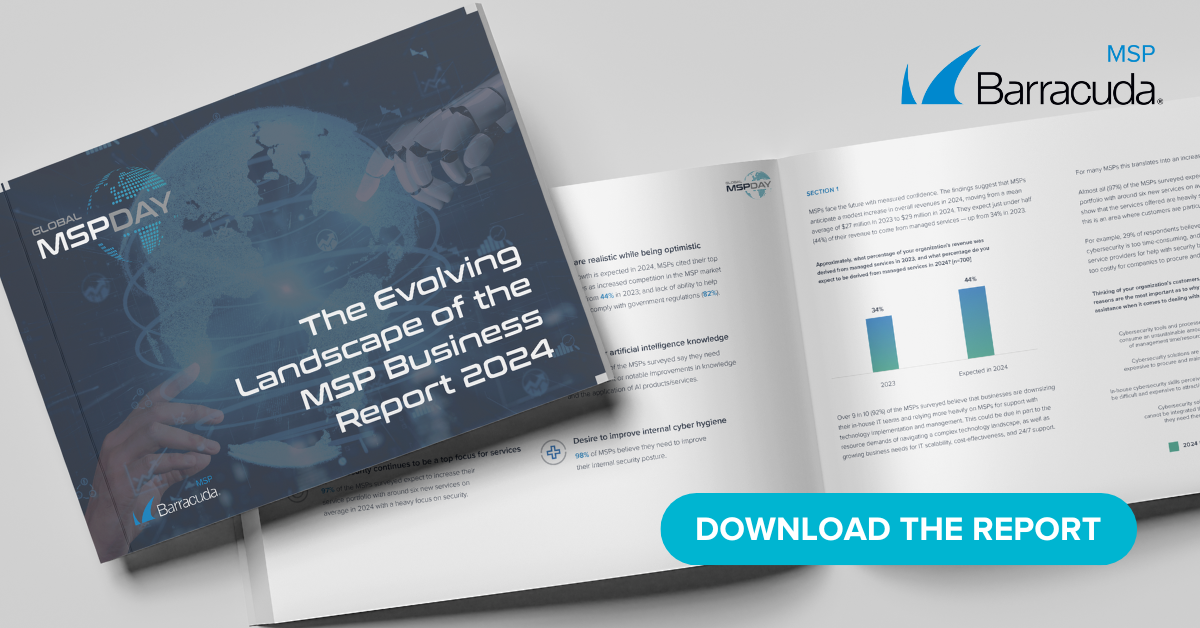 There’s a lot of hype about artificial intelligence (AI) applications that exceeds any reality. But, it is true that just about every application imaginable will soon be infused with machine- and deep-learning algorithms capable of automating a wide variety of rote tasks.
There’s a lot of hype about artificial intelligence (AI) applications that exceeds any reality. But, it is true that just about every application imaginable will soon be infused with machine- and deep-learning algorithms capable of automating a wide variety of rote tasks.
In some cases, these applications may replace the need for humans. In most cases, AI will be employed to enable humans to accomplish tasks faster and, just as importantly, with a higher degree of accuracy. Plus, a variety of voice-enabled digital assistants will be making helpful suggestions to simplify everything from accounting to how complex digital supply chains are managed.
Challenges & opportunities
All that interest in everything AI is about fuel a massive IT services opportunity. The market research firm Tractica estimates worldwide demand for professional services required to build, deploy, maintain, and integrate AI models and applications will grow from $10.1 billion in 2017 to $188.3 billion by 2025.
A concerted effort to lower the barrier of entry for building AI applications will be key to that growth. For example, at the IBM Think 2018 conference this week IBM unveiled a series of AI application development initiatives to accomplish just that. Other providers of AI application development tools and frameworks will be following suit. Soon, subject matter experts will be able to not only experiment with different AI models, but also dynamically swap them in and out of applications as circumstances warrant.
The biggest challenge with building and maintaining AI applications will be maintaining the data pipelines on which the algorithms that inform AI models depend. Most organizations today are a very long way from having pristine data. For AI applications to work, they need access to high-quality data sources. That creates an opportunity for IT services firms that have expertise in data management to help organizations investing in AI clean up what often turns out to be an unholy mess of conflicting data sources. In fact, “data engineers” that can manage any aspect of what is becoming known as “DataOps” are already in high demand.
Potential for transformation
Businesses today are now engaged in nothing less than an AI arms race. AI will not only transform existing business processes, but also enable businesses to tackle many processes that have previously defied automation. Organizations that fail to embrace AI will find themselves falling behind, either because they are not as efficient as rivals or because they simply can’t provide a comparable customer experience. Before long most end customers will expect the same type of experience in business applications that they already get at home using, for example, the Alexa digital assistant from Amazon to access consumer applications.
IT services providers that want to stay relevant in the age of AI are will need to have a much deeper understanding of how specific business processes work. But for IT service providers willing to put in the work, the opportunities enabled by AI already border on limitless.
Photo: Lightspring/Shutterstock.com
